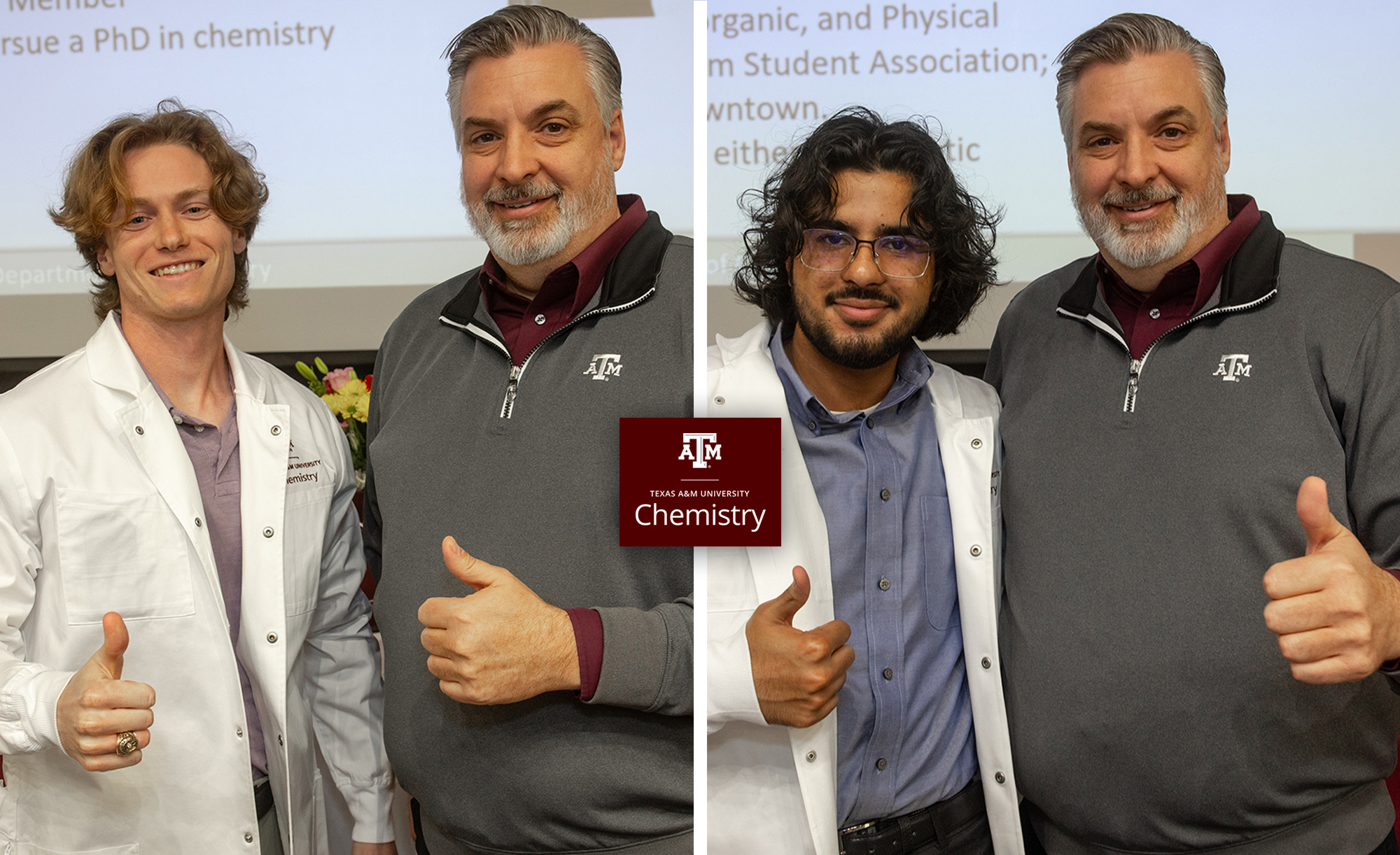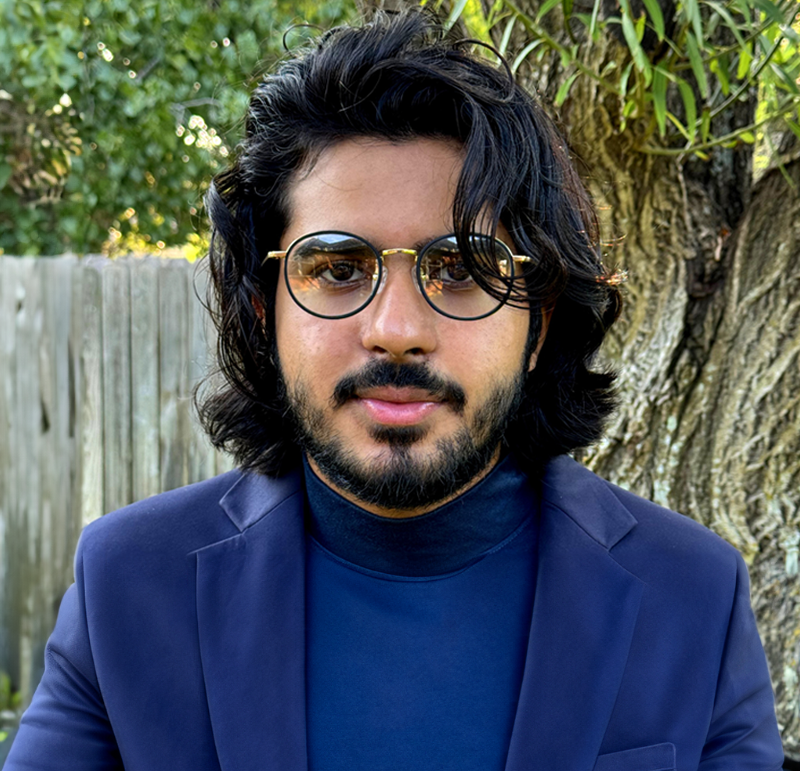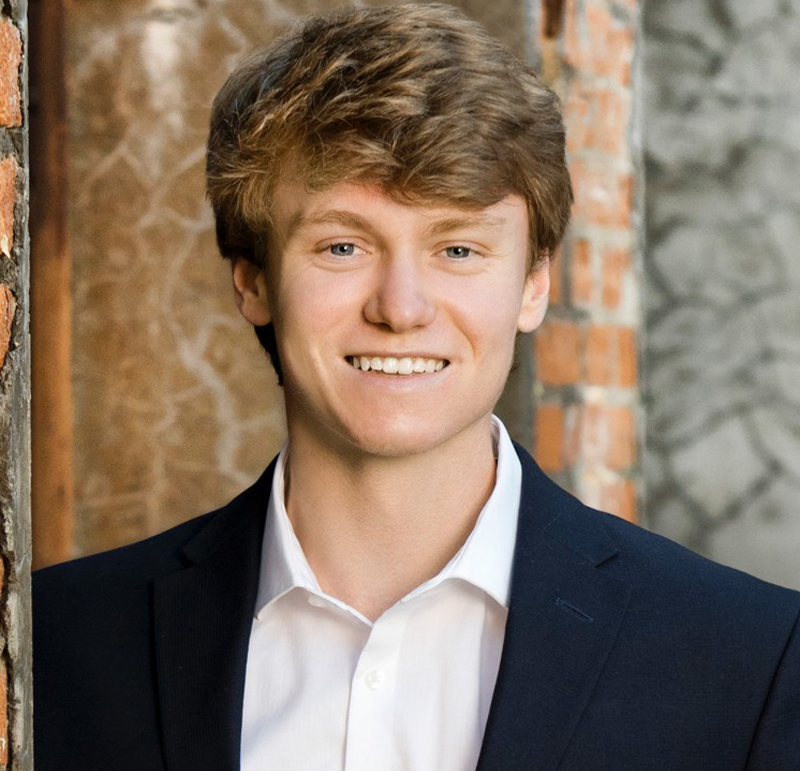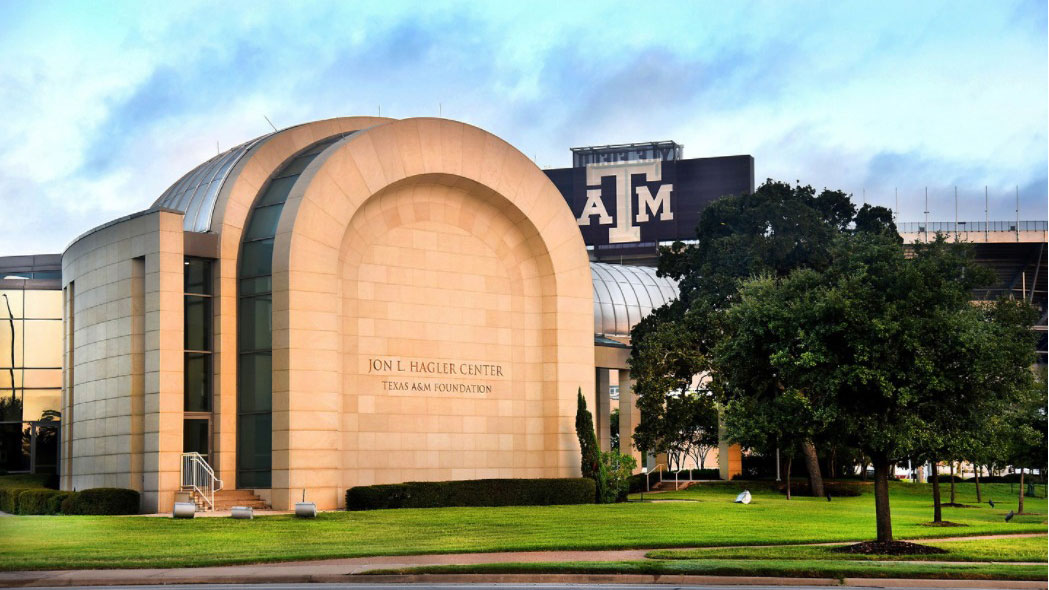
Texas A&M University chemistry seniors Ryan O’Shea and Saim Waheed have been selected as National Science Foundation Graduate Research Fellowship Program (NSF GRFP) recipients, a prestigious distinction that will support their graduate studies and allow them to pursue ambitious, long-term research. Both students plan to use the fellowship to help solve real-world problems—from developing next-generation quantum materials to designing cleaner, more sustainable chemical reactions.
The NSF GRFP is one of the most competitive graduate fellowships in the country, providing three years of financial support—including a $37,000 annual stipend—to outstanding students in science, technology, engineering and math (STEM) fields. For undergraduate researchers like O’Shea and Waheed, it’s an investment that allows them to take intellectual risks and continue the kind of hands-on, curiosity-driven work that began during their time in Aggieland.
Summer Scholars Program Builds Research Foundation
Both students participated in the Texas A&M Chemistry Department Summer Research Scholars Program in 2024, an initiative supported by generous endowments that help fund undergraduate research opportunities. Specifically, Waheed was named a Killough Summer Research Scholar, and O’Shea was named a Beckerdite Summer Research Scholar—honors made possible through the support of dedicated donors to the department.
Each student also presented their research at national scientific conferences. Waheed attended the Florida Heterocycles Meeting in March 2024, while O’Shea presented his work at the Spring 2025 National American Chemical Society meeting in San Diego—opportunities they credit with shaping their scientific paths and strengthening their NSF GRFP applications.
“For me, this award is a moment of both recognition and responsibility,” Waheed said. “It’s a reminder to keep working hard and to give back to the mentors and the communities that have supported me. It allows me to explore creative, long-term projects that may not fit neatly into existing research timelines.”

Waheed Targets Cleaner, Greener Chemistry
Waheed’s research focuses on synthetic organic chemistry and catalysis, with an emphasis on making chemical reactions cleaner and more efficient. He has worked on radical olefin functionalization and palladium catalysis in the lab of Dr. David Powers and plans to pursue graduate study in chemical biology or organic chemistry at Princeton University. He has co-authored multiple publications, contributing to research that plays a critical role in developing safer pharmaceuticals, more sustainable manufacturing methods and reducing the environmental impact of the chemical industry.
“Catalysis has the potential to make chemical processes greener and more sustainable,” Waheed said. “Whether it’s developing better ways to make medicines or reducing industrial waste, I want to contribute to chemistry that solves real-world challenges.”
Waheed said that his experiences in the lab helped him embrace uncertainty and gave him a clearer sense of purpose.
“Science is full of uncertainty,” he said. “But being in the lab taught me how to embrace that and keep moving forward.”

O’Shea Explores Quantum Materials
O’Shea, who began his college career as a computer science major before shifting to chemistry, conducts research in inorganic materials chemistry. He focuses on designing materials with unusual electronic or magnetic properties—the building blocks of future technologies like quantum computing and energy-efficient electronics. These materials have the potential to revolutionize how we process information, store energy, and develop next-generation devices critical to global technological advancement.
“These materials behave in ways that are only possible because of quantum mechanics,” O’Shea said. “The fellowship gives me the flexibility to follow bold ideas and explore problems that don’t always have a clear path forward. The ability to dive deep into challenging, unexplored questions is what drew me to materials chemistry. There’s something incredibly exciting about working at the edge of what we understand.”
O’Shea conducted his undergraduate research under Dr. Alison Altman in the Chemistry Department and, like Waheed, participated in the Texas A&M Summer Research Scholars Program. He said the experience of presenting his work at the national ACS meeting was made possible by the opportunities and support he received at Texas A&M.
“The tight-knit chemistry community at Texas A&M—from faculty to peers—played a major role in preparing me for the next stage,” O’Shea said.
Mentorship and Community Key to Success
Both students pointed to mentorship and support at Texas A&M as essential to their success. Waheed credited graduate students who guided his early research and helped him navigate the application process. For O’Shea, steady encouragement from peers and faculty built the confidence to take on challenging research projects as an undergraduate.
Texas A&M Chemistry graduate student Logan Blackham also received an honorable mention in this year’s NSF GRFP competition. In addition, Kevin Hun Le, from the department of mathematics, and Jordan Patrick Pierce, from the department of geography, were named Texas A&M NSF GRFP fellowship candidates—further underscoring the breadth of talent across the College of Arts & Sciences in Aggieland.
The NSF established the Graduate Research Fellowship Program in 1952 to help ensure the vitality of the U.S. scientific workforce. Today, it remains one of the most effective tools for encouraging top undergraduate researchers to continue their work in graduate school.
More information is available at nsfgrfp.org.

